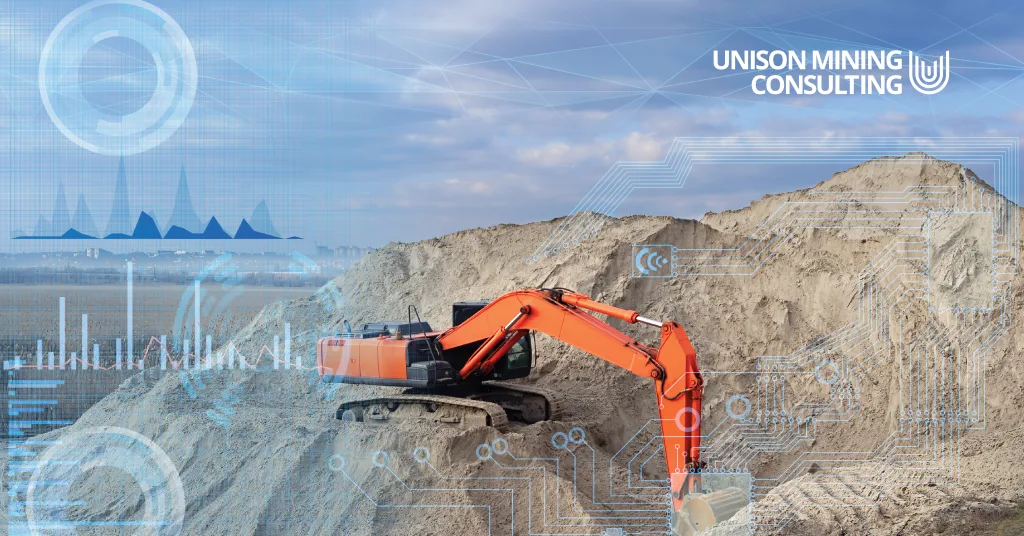The Gemba Walk was a leadership practice pioneered by Toyota during its automotive manufacturing surge beginning in the 1950s. Unlike many complex leadership processes, it is a remarkably simple and simply remarkable discipline – and is a vastly underutilized methodology in the mining industry.
What is the Gemba Walk?
The Gemba Walk is a routine walkabout or tour of the worksite involving leaders and key stakeholders to observe tasks being carried out by teams. These regular visits on a routine basis allow better engagement with teams on-site at the point of execution, and frequent opportunities to validate or disqualify interventions.
In automotive manufacturing, the work environment is largely fixed to a confined area and in most cases, bolted to the floor. In mining, the workplace is far more dynamic with personnel, resources and support requirements constantly shifting across the mining value chain.
As a result, mine site leadership can become overwhelmed attempting to manage the business from their computers and conference rooms; in some cases, using data they do not fully trust. The Gemba Walk is particularly helpful for mine planners for whom work is dependent on a virtual world of 3D ore bodies, reserve maps, and block models.
As the word Gemba comes from the Japanese word genbutsu, meaning “the real place”, better planning is facilitated when stakeholders are seeing what happens on the ground level during Gemba walks, instead of relying on data that is lagging or unreliable.
Proactive performance management with the Gemba Walk
A single, well-organized Gemba Walk per week is more effective than a dozen ad hoc visits in the field. It can be used as an input for pending management decisions or as investigations to fully understand the outcome of a decision already deployed. It shifts the organizational focus to proactive teamwork and recognizes contributors at all levels, rather than excellence in firefighting should an unexpected problem arise.
In most cases, the number of participants needed for a Gemba Walk is 6 to 8 subject matter experts. They could represent a cross section of functional areas such as mine planning or scheduling, operations, maintenance, and safety to observe operations, identify opportunities for improvement, or solve an existing challenge.
Other stakeholders can then be included intermittently depending on the problem being solved or the environment. For example, this may include a geologist on a mine tour, a metallurgist on a plant tour, or a buyer on a supply chain tour.
5 elements of an effective Gemba Walk for mines
Have an agenda
The exercise is not to wander through an area fishing for opportunities arbitrarily. Investing the time and talent of the right people must be targeted and guided by supporting data, if available.
Observe the process in real-time
It is important to observe the routine work rather than a show put on for management or a work stoppage or slowdown supported by a narrative of “what we usually do”.
Engage the workforce
Even when data is available from sensors, gauges, GPS and drones, there is yet no substitute for feedback from the people who are closest to the work and can see, hear, and feel changes in how equipment performs in changing scenarios.
Make decisions
In many cases, a reasonable decision made quickly is better than a perfect decision made weeks or months later when the opportunity has passed.
Gemba Walks create an expectation that beyond a decision, a management action is forthcoming. The action may be related to an immediate and localized opportunity or to the broader process, sequence or methodology. Employees and contractors should also be recognized for their contributions to decisions.
Frequency
By design, topics and locations in the mining value chain will vary. However, the Gemba Walk process must become a proactive routine versus a reaction to when problems arise. Like most things, improvement comes with practice and routine demonstrates commitment to the workforce.
Our team at Unison Mining can work with you to implement the Gemba Walk within your existing processes, optimizing the performance and collaboration of your team.


















